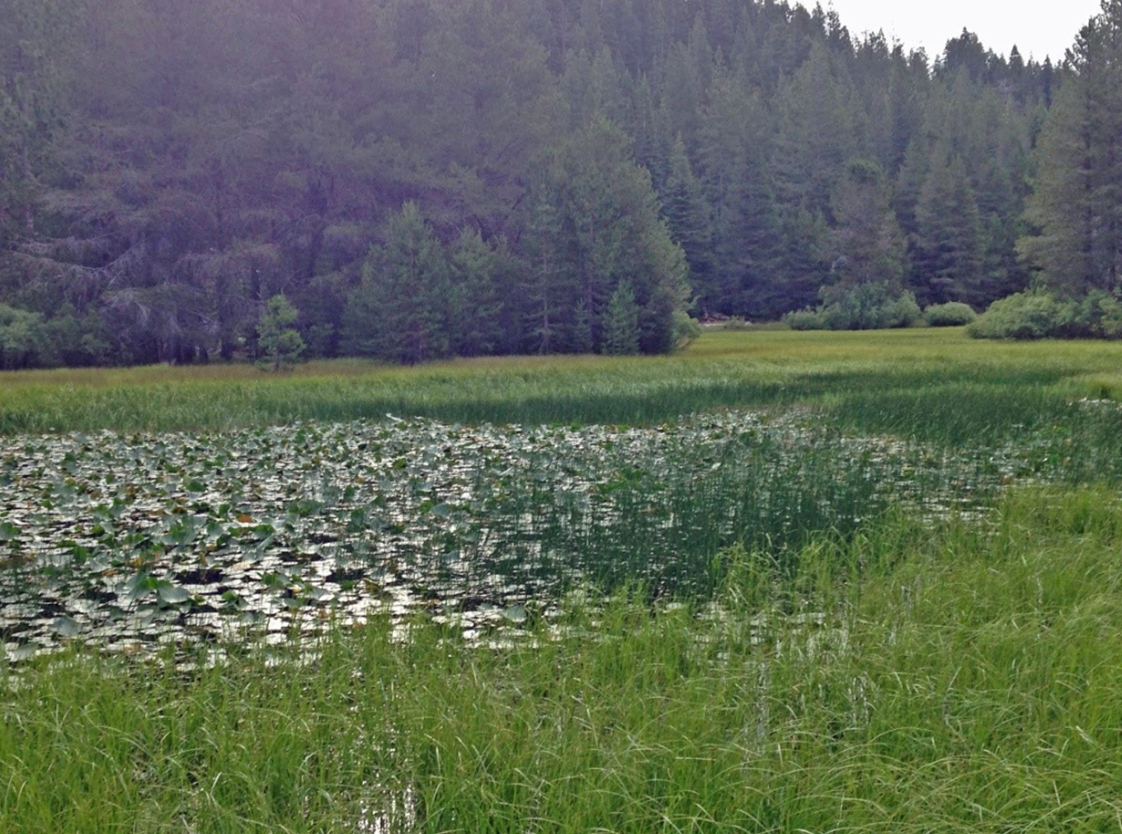Bear River Watershed Fire Fuels Reduction

NID Partners with CAL FIRE to receive $217,000 through the California Forest Improvement Program to reduce wildfire risk on 123 acres in the Bear River Watershed
The August 2021 River Fire emphasized the local potential for a catastrophic wildfire and the subsequent impacts that could be sustained to the water system, communities, and watershed management priorities for years to come. Wildfire is the most pressing threat to the health of headwaters watersheds in the Sierra Nevada region. To address this risk, NID regularly removes hazard tree and ladder fuels from its properties. NID will begin 125 acres of fire fuels treatment near Magnolia Rd. on the northern side of the Bear River canyon in Fall 2022. This project is a collaboration with CAL FIRE to implement a CFIP grant reduce fuel density, accumulated dead and down woody material, and to restore forest health between the Bear River and communities of Dark Horse, Lake of the Pines and Alta Sierra.

The Bear River is both the receiving waterbody in the River Fire burn area and also a key component of the NID’s water conveyance system. Approximately 15,000 treated water users (including the communities of Lake of the Pines and North Auburn) and 3,000 Placer County raw water customers are downstream of this wildfire-impacted area. NID also owns and operates hydroelectric power facilities at the Combie Reservoir Dam which are part of the Bear-Yuba Hydropower Project.
This project will utilize mastication and hand-crews with chippers to process dense understory vegetation and dead and down material, reducing the wildfire risk to this area. NID has leased this area to a local rancher who brings cattle onsite each year that manage the grasses to further reduce wildfire severity risk in the oak woodland and mixed conifer community. Long-term maintenance will continue to ensure that wildfire risk is reduced to meet our goal of providing a safe and secure water supply to communities we serve while protecting forest communities, aquatic and terrestrial habitats.

